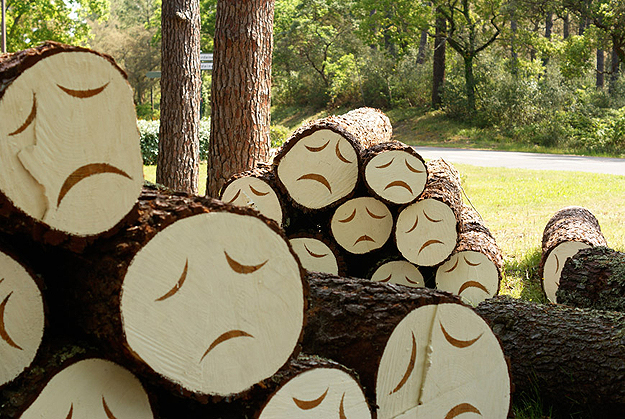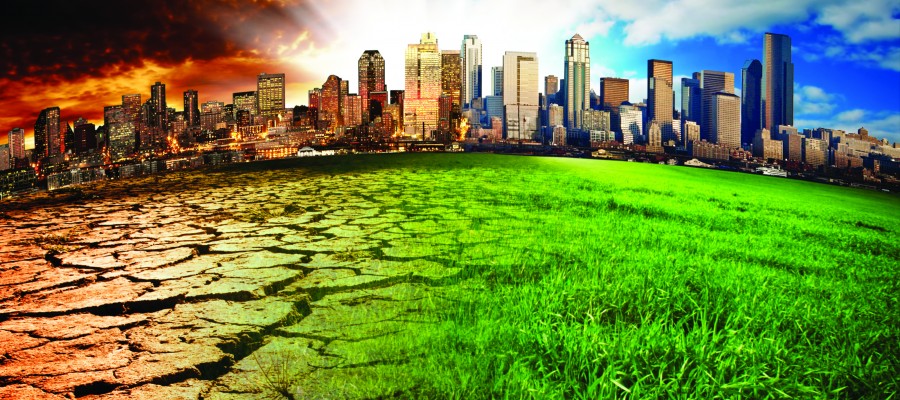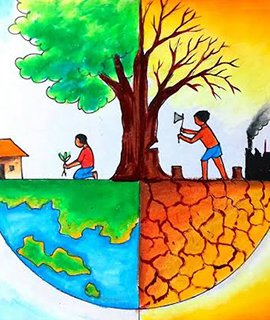A brief history of the Earth’s CO2

5 Things You Can Do to Help Save the Environment
Climate change has been described as one of the biggest problems faced by humankind. Carbon dioxide is is the primary driver of global warming. Prof Joanna Haigh from Imperial College London explains why this gas has played a crucial role in shaping the Earth’s climate.
Carbon dioxide (CO2) has been present in the atmosphere since the Earth condensed from a ball of hot gases following its formation from the explosion of a huge star about five billion years ago.
At that time the atmosphere was mainly composed of nitrogen, CO2 and water vapour, which seeped through cracks in the solid surface. A very similar composition emerges from volcanic eruptions today.
As the planet cooled further some of the water vapour condensed out to form oceans and they dissolved a portion of the CO2 but it was still present in the atmosphere in large amounts.
What is climate change?
The first life forms to evolve on Earth were microbes which could survive in this primordial atmosphere but about 2.5 billion years ago, plants developed the ability to photosynthesise, creating glucose and oxygen from CO2 and water in the presence of light from the Sun.
This had a transformative impact on the atmosphere: as life developed, CO2 was consumed so that by around 20 million years ago its concentration was down to below 300 molecules in every one million molecules of air (or 300 parts per million – ppm).
Life on Earth has evolved under these conditions – note that humans did not appear until about 200,000 years ago – and atmospheric CO2 has not exceed that concentration until the industrial revolution brought with it massive emissions from the combustion of fossil fuels: coal and oil.
CO2 plays an important role in climate because it is one of the atmospheric “greenhouse” gases (GHGs) which keep the Earth’s surface about 33 degrees warmer than the -18C temperature it would be at were they not present.
They do this by being fairly transparent to the Sun’s rays, allowing them through to warm the surface, but then absorbing the radiant heat that the surface emits, so trapping it and enhancing the warming. In the present climate the most effective GHGs are water vapour, which is responsible for about two-thirds of the total warming, and CO2 which accounts for about one quarter.
Other gases, including methane, make up the remainder. The atmospheric concentration of water vapour is less than 1% and, with CO2 making up only a few molecules in every ten thousand of air, it may be surprising that they can have such a significant impact on the surface temperature.
They are able to do this, however, because the structure of their molecules makes them especially effective at absorbing heat radiation while the major atmospheric gases, nitrogen and oxygen, are essentially transparent to it.








Leave A Comment